Throwback Thursday: Are Parallel Universes Real?
It’s the most fantastic idea ever bandied about: that there are an infinite number of Universes identical to our own out there, and that everything that could have possibly happened actually occurs somewhere. But is that a realistic possibility, or just fantasy?
Farnsworth: “There it is. The edge of the Universe!”
Fry: “Far out. So there’s an infinite number of parallel Universes?”
Farnsworth: “No, just the two.”
Fry: “Oh, well, I’m sure that’s enough.” –Futurama
(Each Thursday, we’ll be taking a classic post from the Starts With A Bang archives and updating, augmenting and enhancing it for our Throwback Thursday series. Welcome, and enjoy!)
Our existence here in this Universe is something that we know is rare, special, beautiful, and full of wonder.
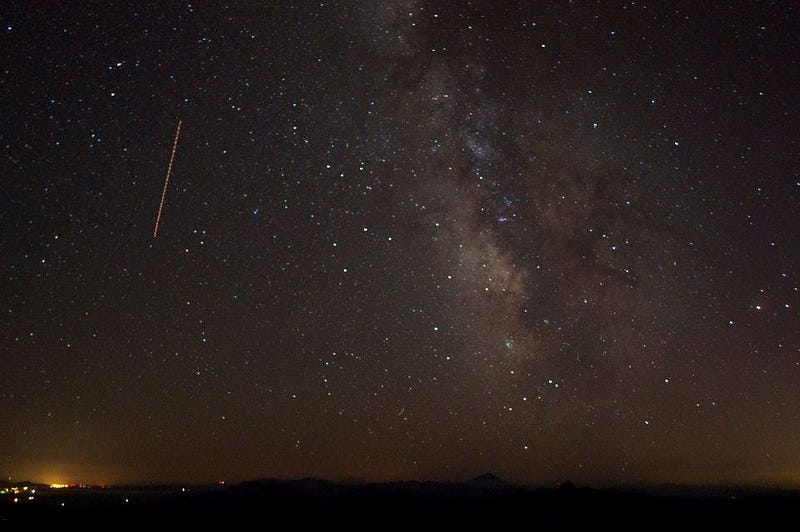
Some things happen with amazing regularity and predictability: the occurrence of days-and-nights, the tides, the seasons, the motion of the heavenly bodies, and so much more. The physical laws that govern the Universe are very, very well understood, and that understanding has helped us construct a rather comprehensive view of exactly what our observable Universe consists of, where it came from, and what it looks like.
The understanding we have is very straightforward: our scientific laws and theories allow us, if you give us the initial conditions of any system, no matter how complicated, to predict what’s going to happen in the future.
And yet, it’s not an entirely deterministic system! Sure, laws like gravitation are predictive and deterministic: in other words, if we knew the positions and momenta of all the particles, and had infinite computational power, we could figure out the properties of any particle an arbitrary amount of time into the future. (Or the past, for that matter.)
But that’s not the case at all for quantum physics.
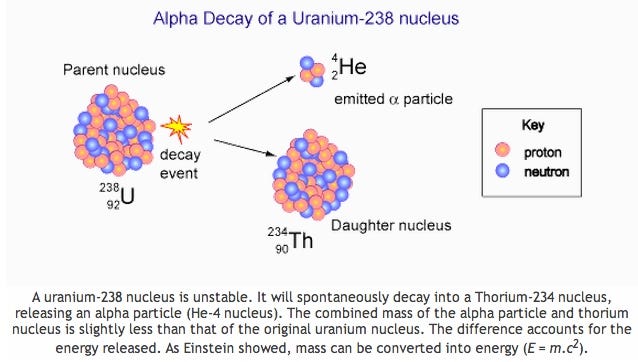
It turns out that knowing the positions and momenta of particles — even of every particle in the Universe — isn’t enough to determine the properties of that particle in the future. Give me an atom of Uranium, and sure, you know it will decay. But you can’t predict when that one atom will decay, and you can’t predict what direction the decay will occur in at all!
What you can do is predict the probability that any particular Uranium nucleus will decay after a given amount of time, and you can — if you get a large enough sample of Uranium — predict some properties of the larger ensemble that the individual particles make up. But there is no way, regardless of what you do, to predict what any one particular particle will do. And the same quantum weirdness, or indeterminism, turns up in other system, such as firing a single photon at a screen with multiple openings in it.
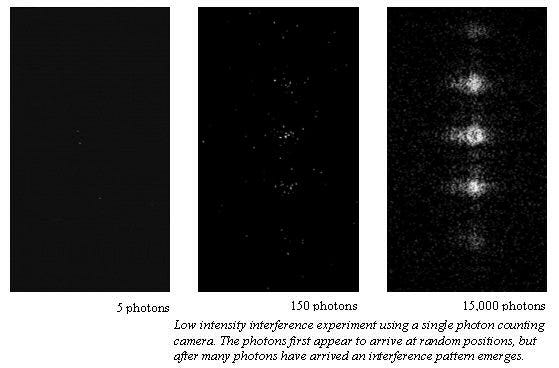
Sure, if you fire enough photons, you can be confident in the pattern that will emerge, statistically. That’s what quantum mechanics allows you to predict with great accuracy: what will happen on average if you run the experiment a very large number of times. It gives you an outstanding answer for the probability distribution of any system you can set up.
But if you are asking about the properties of one particular particle — where it winds up, what path it took, etc. — there is no way to know. This isn’t because of our inability as human beings to understand it; it’s one of the most mind-boggling, puzzling but fundamental aspects of the quantum reality of our Universe. It may be unsettling, but the quantum future of every single particle is a mystery in this way.
And at the same time, remember, our Universe, our physical, observable Universe, is full of a huge amount of this stuff!
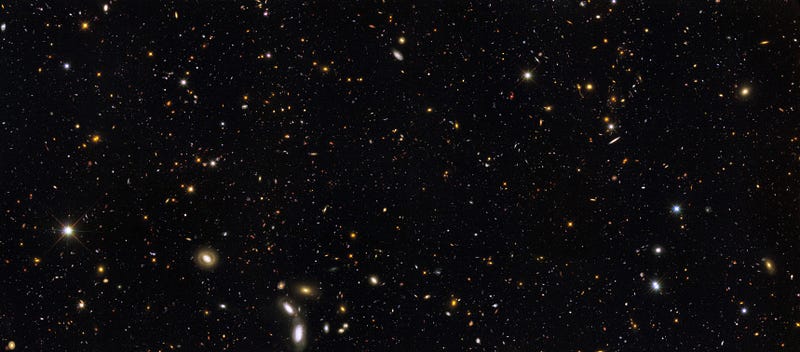
When you add everything up that we know of: photons, neutrinos, protons-and-neutrons (or quarks and gluons, if you want to go more fundamental), electrons, antimatter, and everything else, we know that there are at least some 10^90 particles in the observable Universe. The Universe has been around — since the era of the Big Bang — for some 13.8 billion years, or some 4 × 10^17 seconds, or (if you prefer units of Planck time) about 8 × 10^60 units of Planck time.
Now think about all that time, and think about one particle. Any one you want, but just one. I want you to pick just one of these 10^90 particles, and think about what happens to it over the course of the 8 × 10^60 units of Planck time it’s existed in our observable Universe.
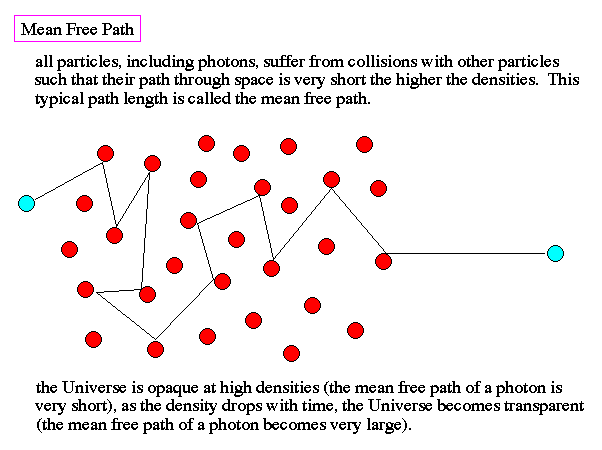
How many times did that one particle experience a quantum interaction with another? How many times did its position or momentum change? How many times did one particular quantum possibility happen for that particle, and hence, not the other possibilities? And how often was that the result of something that had a discrete number of outcomes (like a particle having its spin turn out to be +½ or -½), versus how often was there a continuous number of possible outcomes (such as the direction-of-decay of an unstable particle)?
The answer, for each of these ~10^90 particles, is that there were a lot of these interactions, and many of them were of the continuous variety. Each time a nuclear reaction takes place inside a star — something that happens maybe 10^20 times each second in our Sun alone — a huge number of particles experience a quantum interaction. And if just one of these interactions had a different outcome, our Universe would be in a different quantum state than the one it’s actually in.
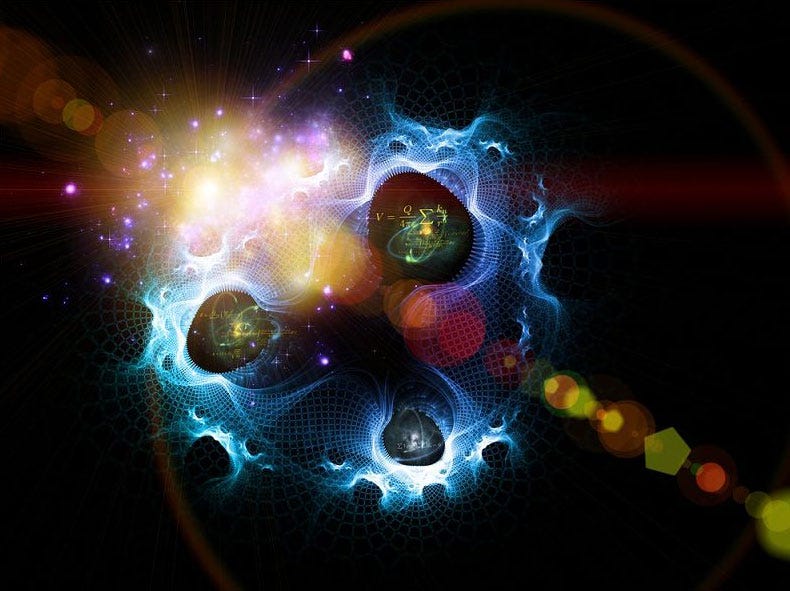
If just one randomly directional process — like one matter-antimatter annihilation in the early Universe — had occurred in a slightly different direction, like it was off by 0.000000001°, our Universe would be different. If a single radioactive atom decayed just an attosecond later than it actually did, our Universe would be different.
And with all the particles interacting in all the ways they have over the Universe’s history, you can make some calculations to try and determine how many of these quantum “decisions” have been made, and what the odds are that our Universe would exist with every quantum phenomenon shaking out exactly the way it has.
Well, the number of possibilities is somewhere around — are you ready for a big number? — 10^(10^90)!, which should be read as ten-to-the-((ten-to-the-ninety)-factorial). Which, unless you’re a professional mathematician who specialized in number theory, is probably the biggest number you’ve ever seen or conceived of. (For comparison, I’m going to show you only 1000!, or (10^3)!, below.)
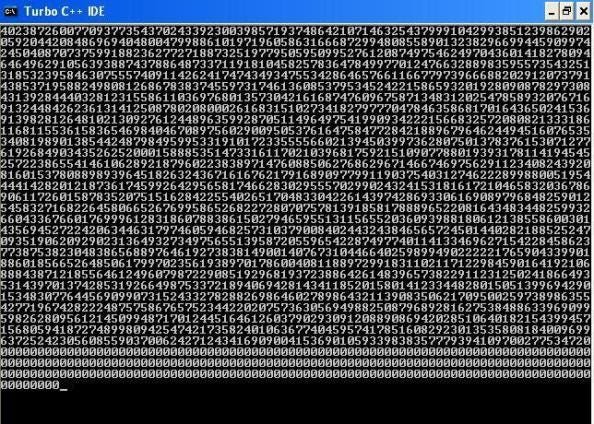
To get to 10^(10^90)!, you’d have to take the above number, multiply it by 1001, then 1002, then 1003, and so on until you multiplied it by 10^90, or 1,000,000,000,000,000,000,000,000,000,000,000,000,000,000,000,000,000,000,000,000,000,000,000,000,000,000,000,000,000,000, and then took 10-to-that-power. That’s how big that number is!
“So what,” you might scoff! “A number can be as big as it wants, but if the Universe is truly infinite, then there are an infinite number of realizations that are just like this, and every quantum possibility can happen somewhere!”
Easy there. Those are some big assumptions. First off, there’s an assumption underlying the idea that parallel Universes could be real, something that’s glossed over by many-worlds interpretation enthusiasts.
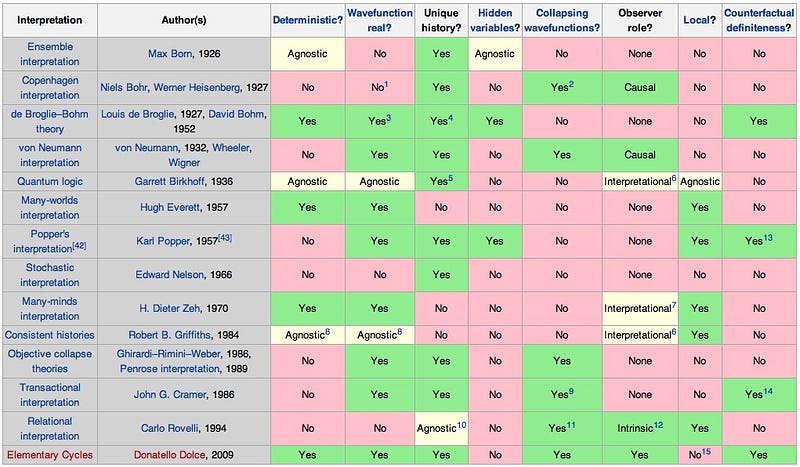
You see, in quantum mechanics, we define a particle’s properties by a wavefunction, and that function changes over time. Now, in some interpretations, that wavefunction isn’t a real thing, with definite properties, that determines anything about that particle. Measurables are the real thing, and the wavefunction is just a calculational tool. But in other interpretations (like many-worlds), the wavefunction is really a real thing, and so every time a “quantum decision” can be made, every possibility happens somewhere, and what we experience as our Universe is simply a path being chosen.
But don’t be fooled about what you might have heard about “a path being chosen.” What the many-worlds interpretation actually states is that the Universe really just exists as a superposition of multiple states, the same way the white sunlight you see is just a superposition of all the different wavelengths of light that make it up! There are some who (erroneously) claim that every time a decision is made, you create a new, parallel Universe.
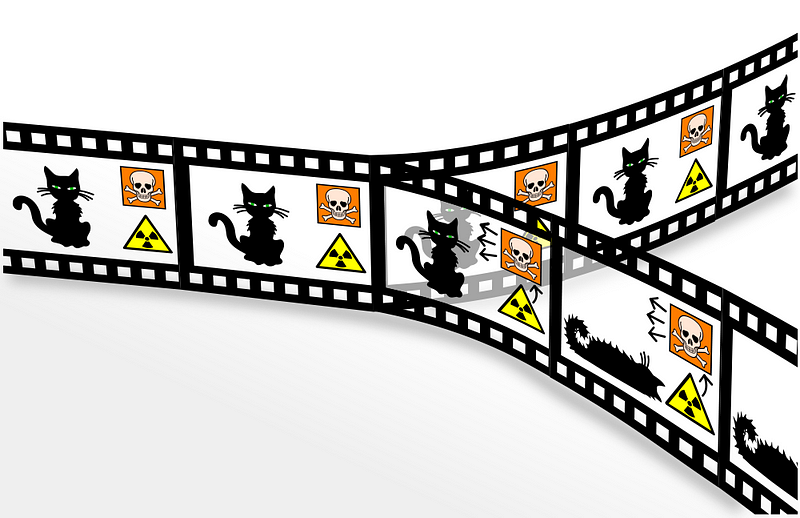
Although this is a romantic and in some ways attractive notion, it’s not what the physics actually states! There are a whole lot of terms that make non-zero contributions to the Universe’s wavefunction, not a whole lot of Universes that exist, and that when you make a measurement you force yourself into one and not another.
Mathematically, the different interpretations of quantum mechanics all yield the same measurable results. But if we want this most fanciful of interpretations — the many-worlds one (with a huge number of parallel Universes and all) — to be true, we need at least 10^(10^90)! Universes-worth of space, time, and matter for it to happen in.
And while there are some good arguments that we do, in fact, live in a multiverse, the leap to having that much Universe to work with is staggering. Let me explain.
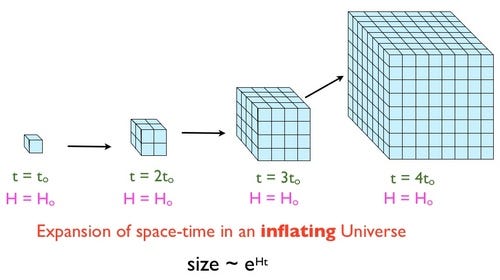
You see, the Universe, in its very early history, underwent a period of cosmic inflation, where the Universe expanded exponentially. For a period of at least 10^-(30something) seconds, this was what happened to set up the Big Bang. And while we just talked about why inflation probably went on for a much longer time than that, I want you to think about exactly how much longer it would have needed to go on for to create the necessary 10^(10^90)! regions of spacetime identical (more-or-less) to our own observable Universe.
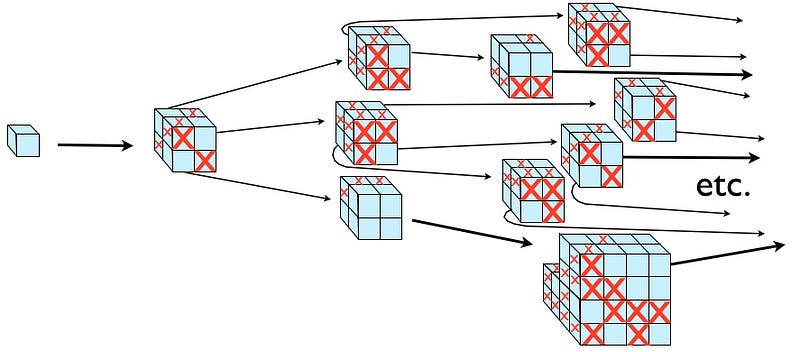
It took inflation (let’s pick a concrete number) about 10^-35 seconds to create the spacetime that contains our observable Universe today, which has existed for about 4 × 10^17 seconds since. Now, inflation most likely happened for some time prior to that as well, but to create 10^(10^90)! regions like our own, it would have needed to go on for roughly 10^(10^90)! seconds before that.
That is a tremendous assumption! And for every additional second that the Universe exists, you can pretty much tack on another few powers of ten to the amount of time inflation would have had to have occurred. Inflation might have occurred for an arbitrarily long amount of time, but unless that number was truly infinite, the Universe will catch up to it quickly.
Or, in other words… some infinities are bigger than others.
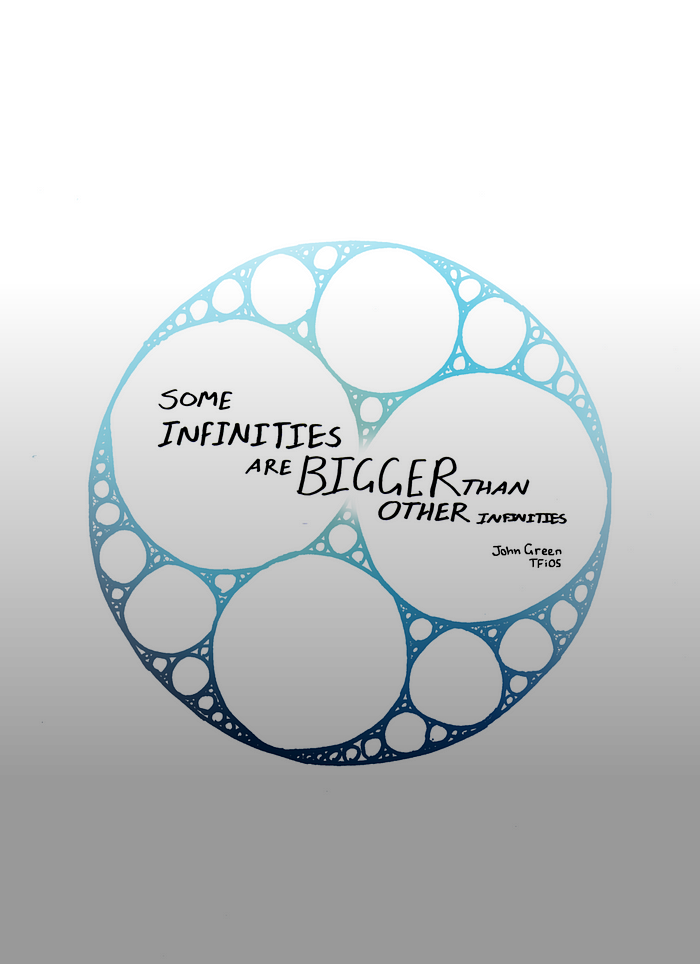
Image credit: deviantART user youvegottocarpediem, via http://youvegottocarpediem.deviantart.com/.
Now, this isn’t to say it can’t or doesn’t happen, but it is a tremendous leap, and one that requires an inordinate extrapolation to make. We’re still trying to figure out what came before inflation, how long it lasted, and whether there was a singularity or not to initiate it. These are all open questions, and while it’s easy to extrapolate from arbitrary to infinite, let’s keep in mind how limited our understanding actually is before we start considering this as a real likelihood, much less a certainty.
Let’s keep in mind how mind-bogglingly much one must assume if we want infinite parallel Universes to be real, and remember as we move forward in time through the Universe: some infinities are bigger than others. Our Universe working out as it has has been the result of a wildly improbable sequence of events, and yet here it is, exactly as it is! Despite all the hoopla around parallel Universes, we may yet be unique in all the multiverse!





